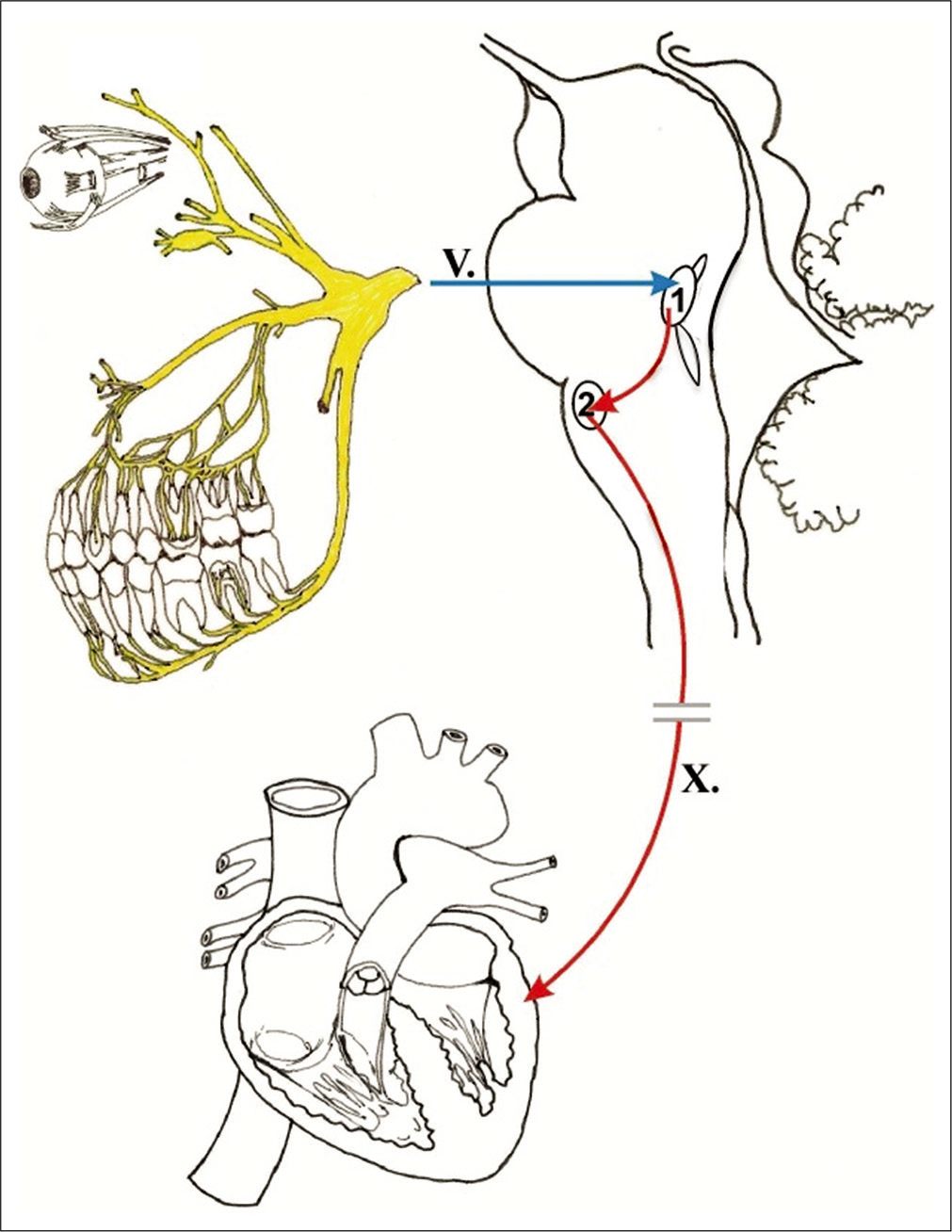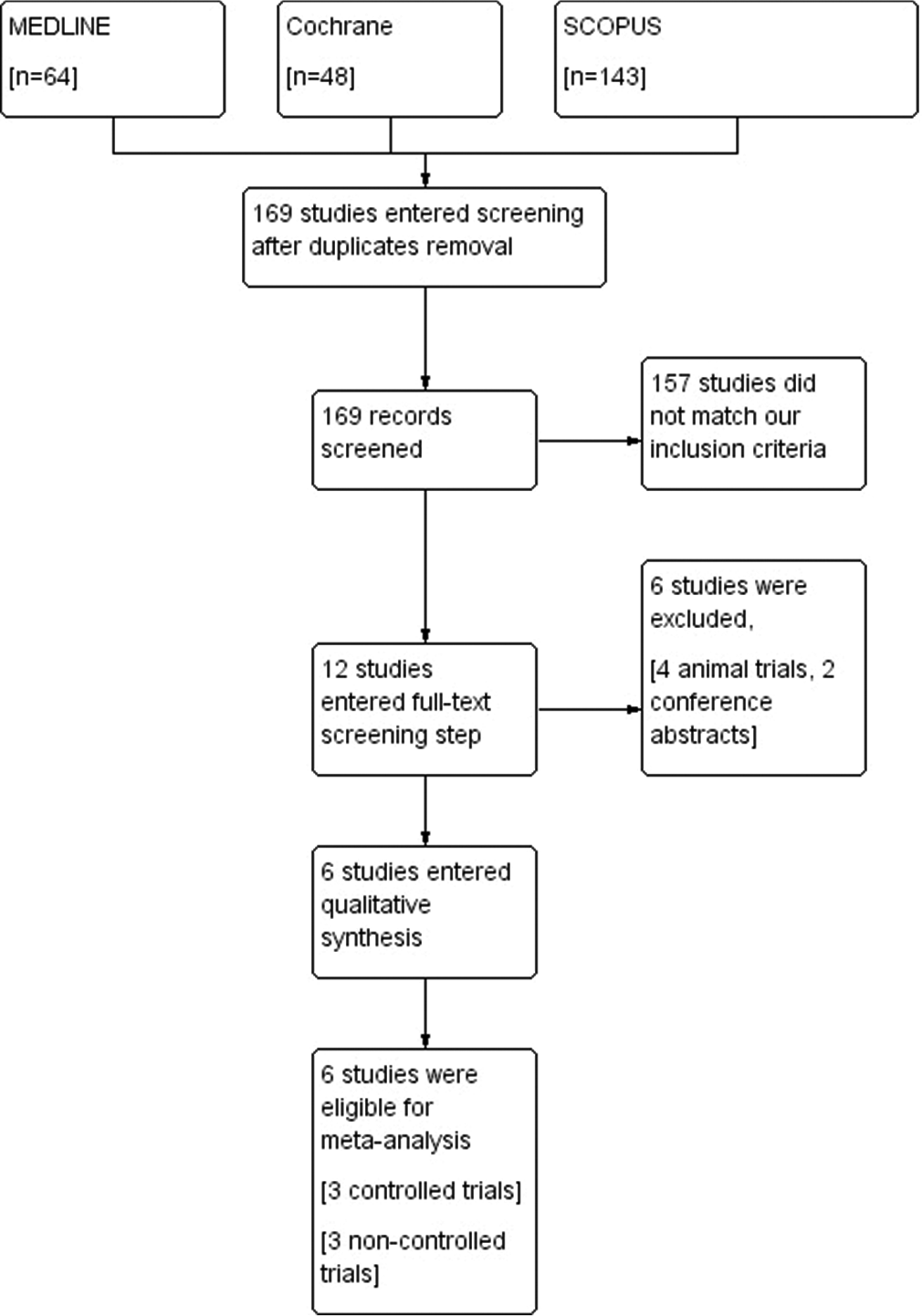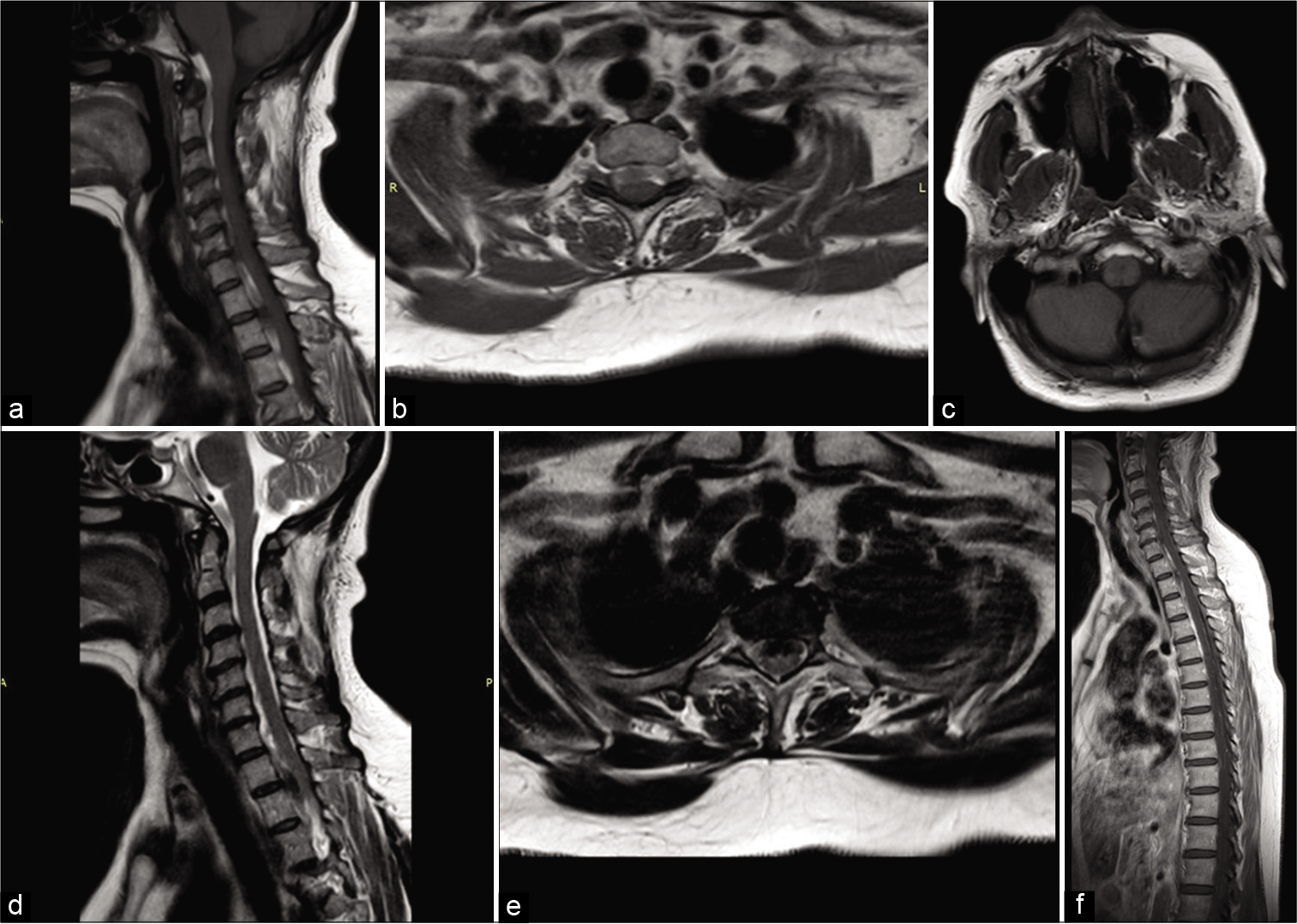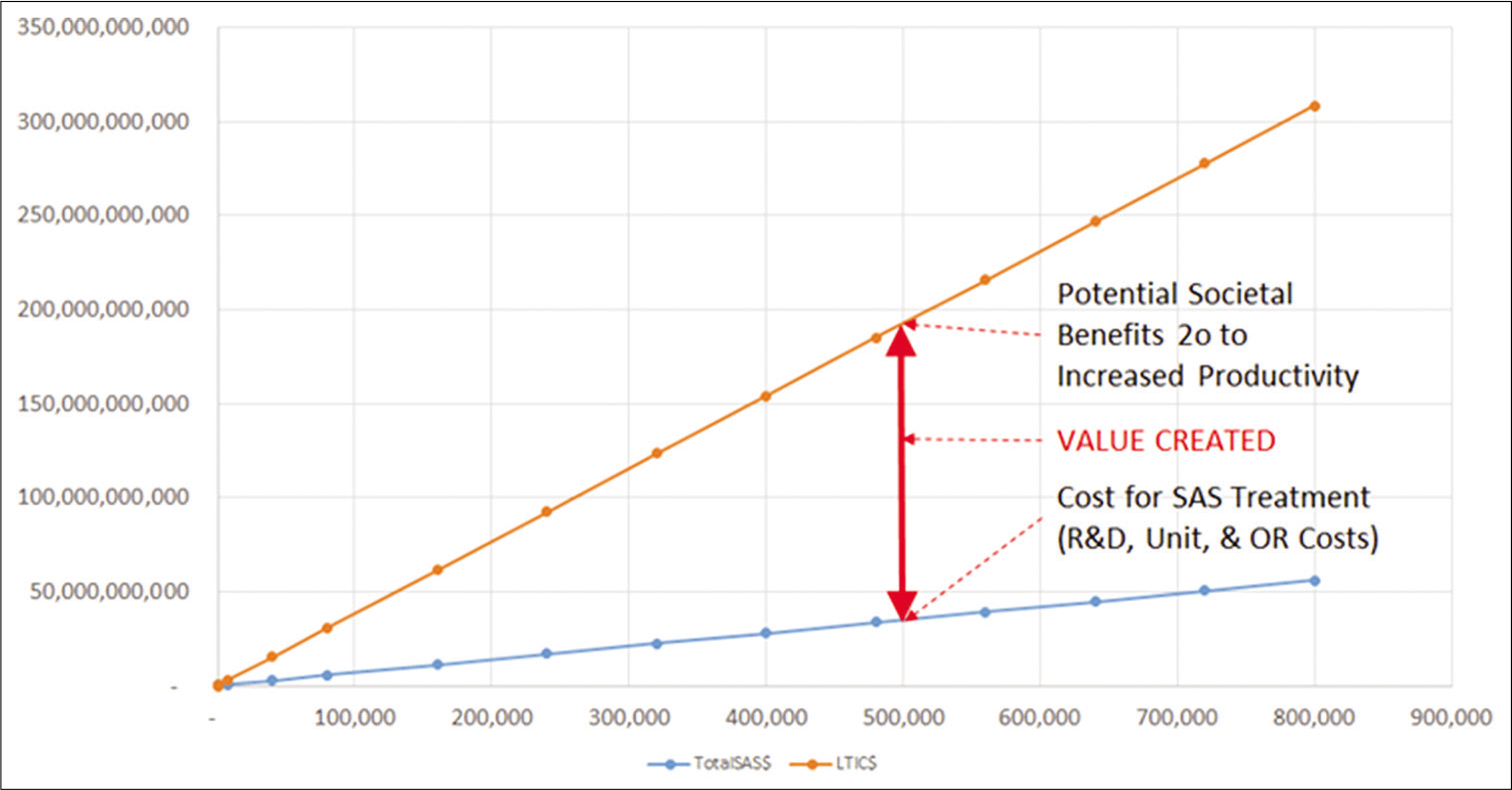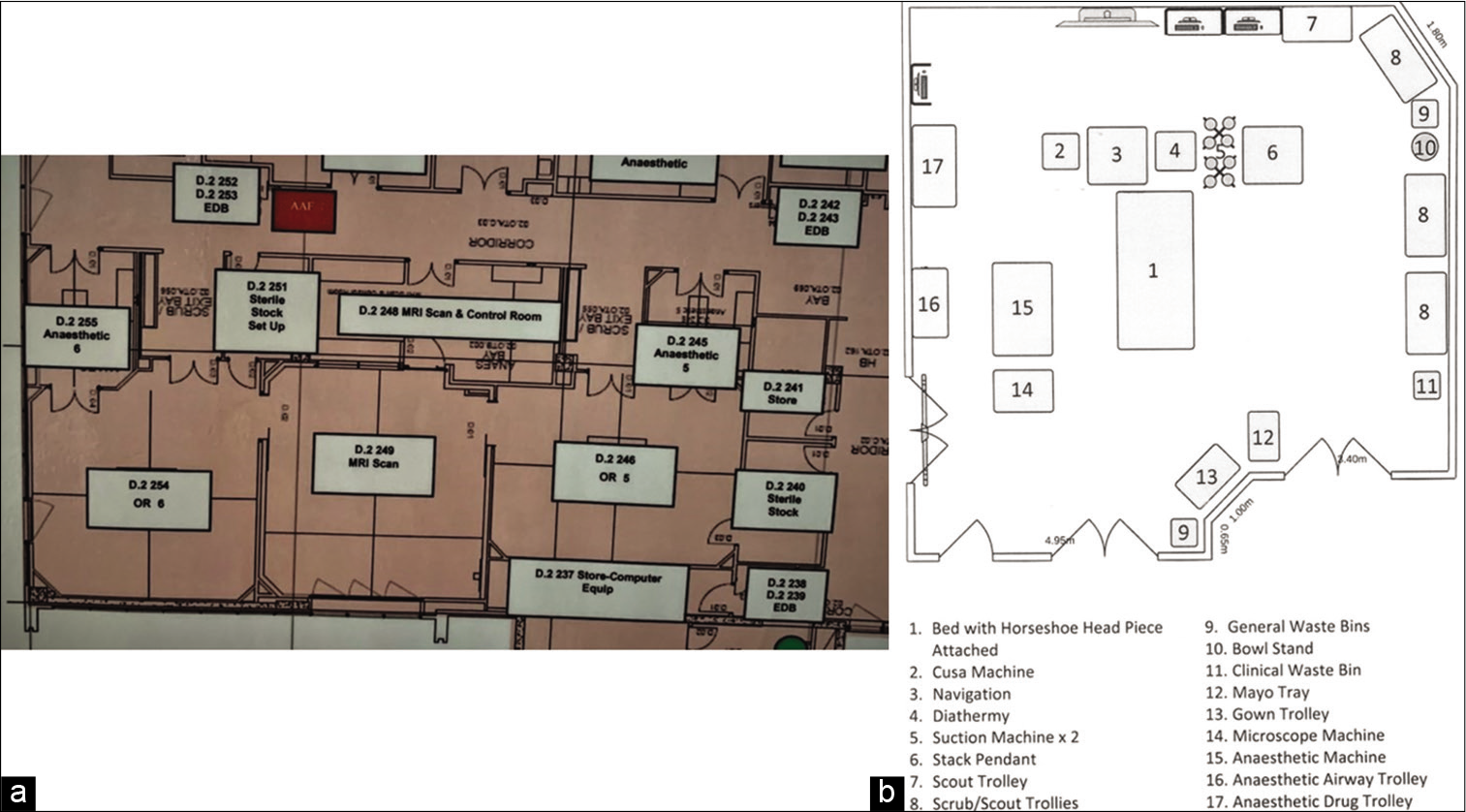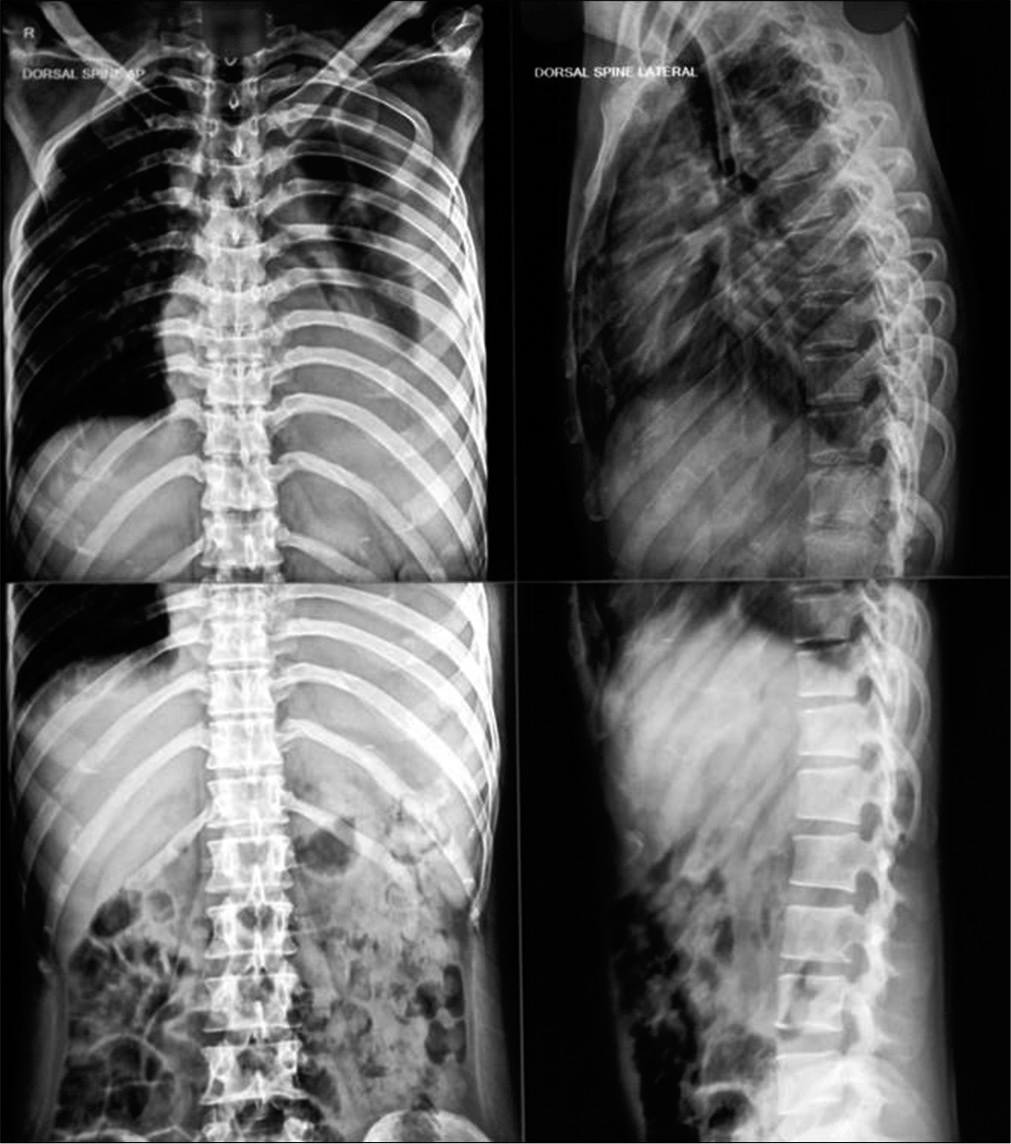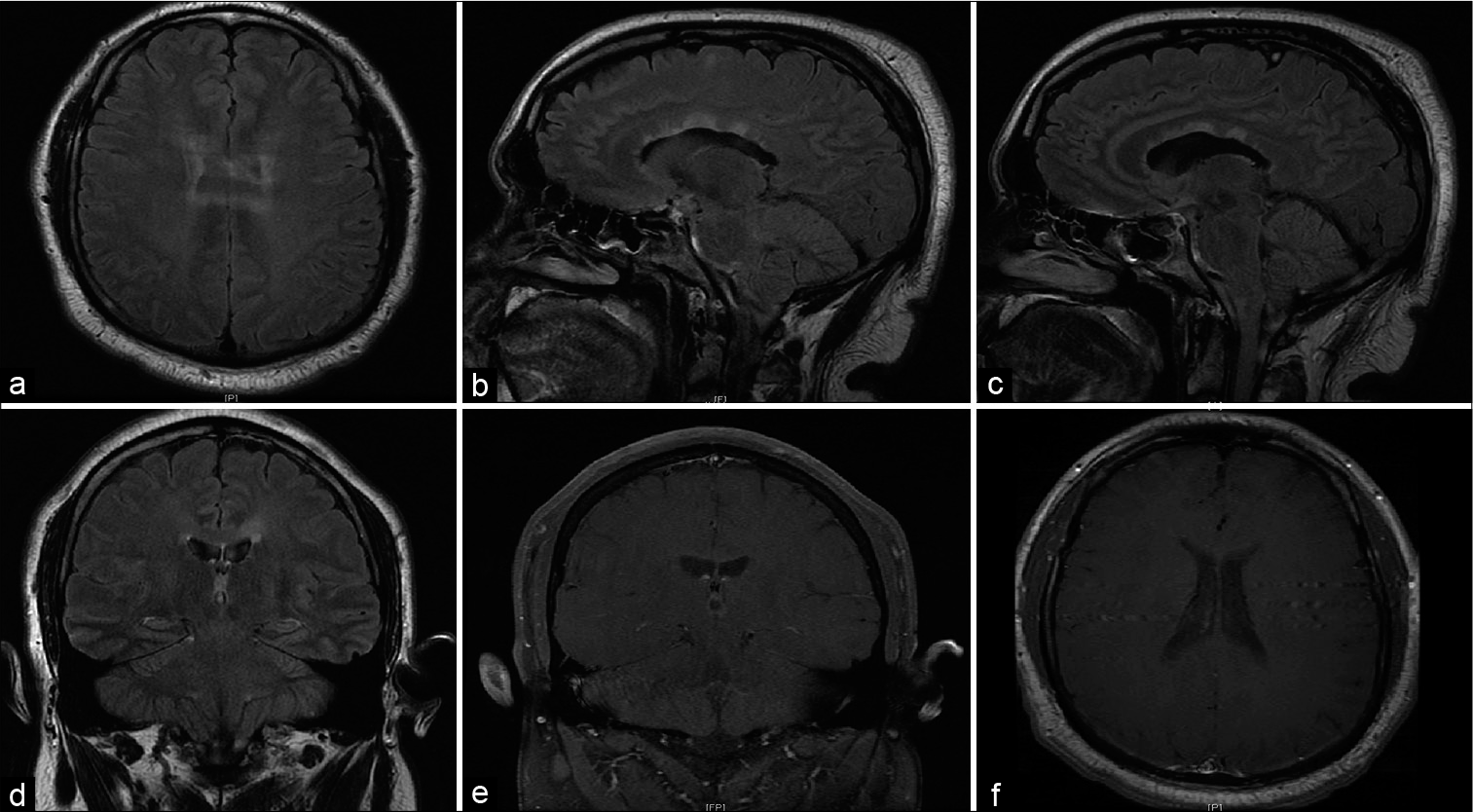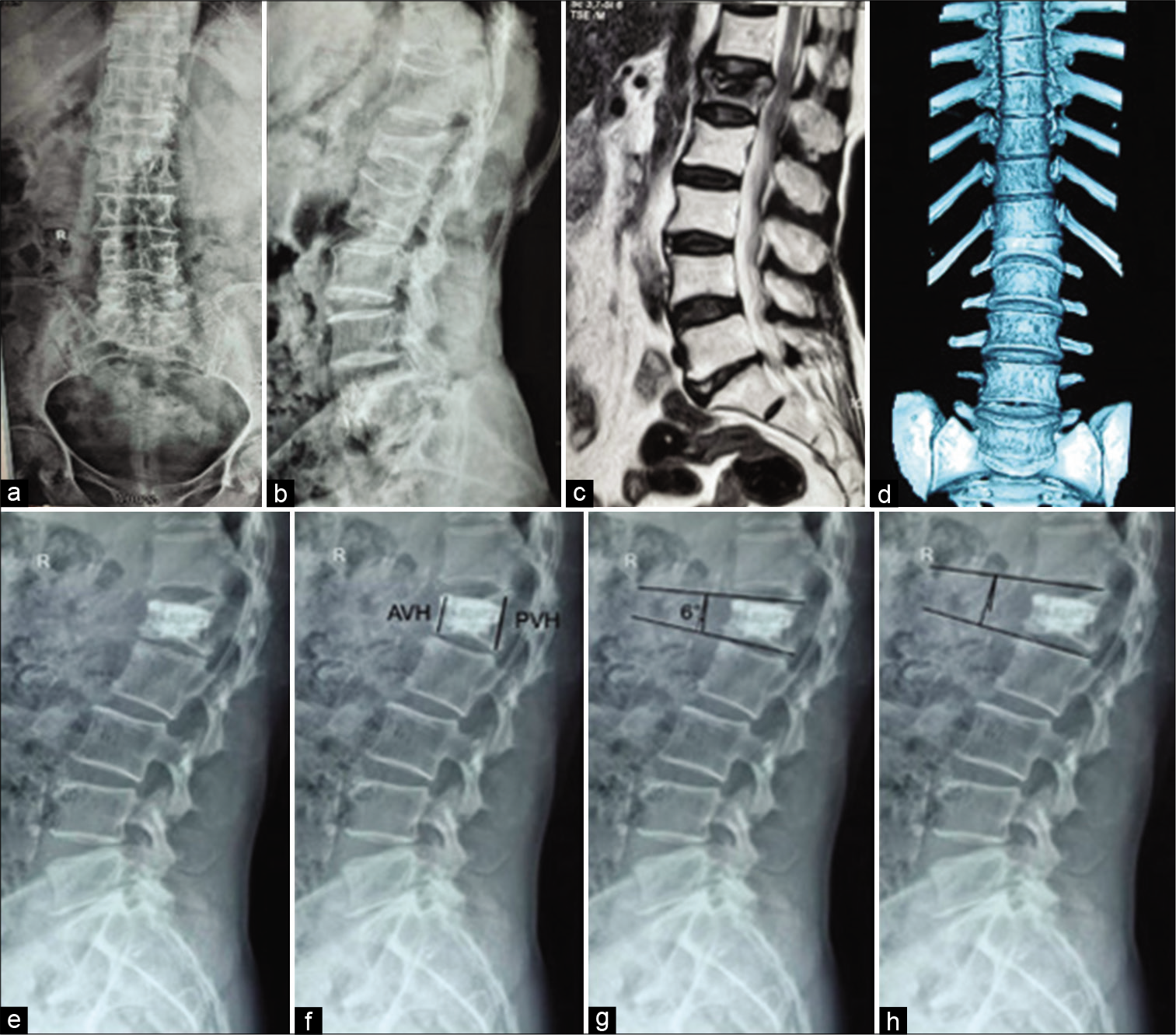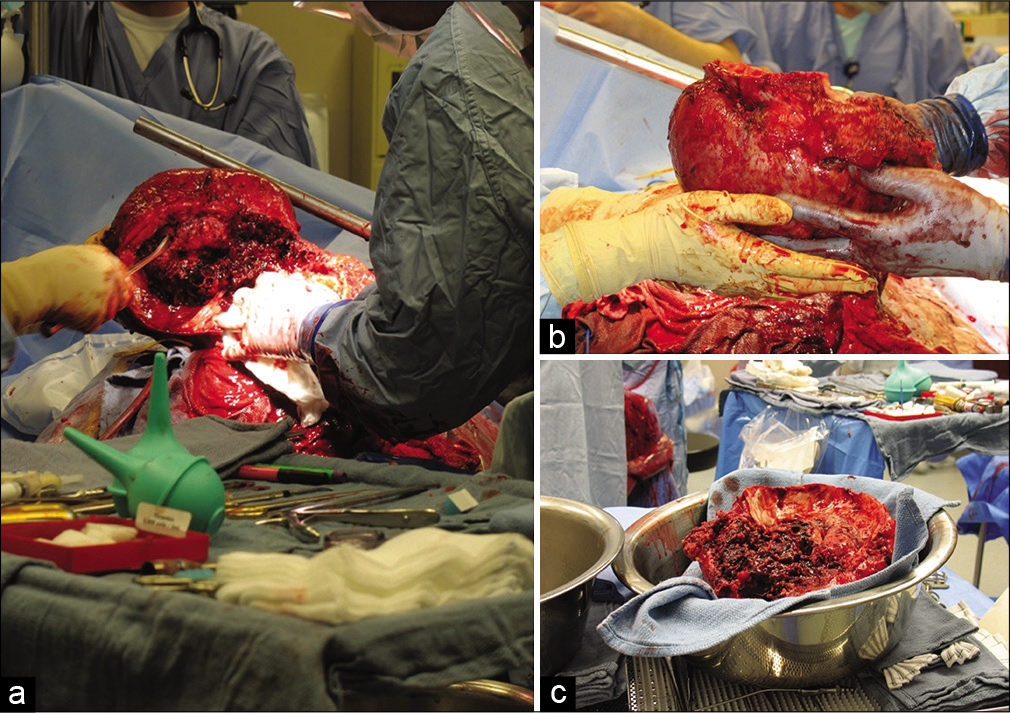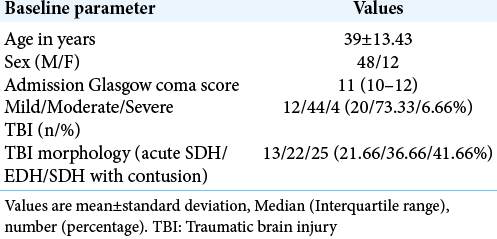A rare appearance of the trigeminocardiac reflex during resection of posterior parasagittal meningioma
Date of publication: 26-Apr-2021
Background: Although a well-recognized phenomenon of the tentorium and posterior fossa, the trigeminocardiac reflex (TCR) has been rarely reported during surgery involving the posterior falx cerebri.
Efficacy and safety of polyethylene glycol dural sealant system in cranial and spinal neurosurgical procedures: Meta-analysis
Date of publication: 26-Apr-2021
Background: We aimed to assess the efficacy of polyethylene glycol (PEG) dura sealant to achieve watertight closure, prevention of cerebrospinal fluid (CSF) leak and to investigate its possible side effects.
Spontaneous anterior cervicothoracic spinal epidural hematoma extending to clivus in SARS-CoV-2 infection
Date of publication: 26-Apr-2021
Background: The treatment of spontaneous spinal epidural hematomas (SSEHs), depending on the lesion size and myeloradicular involvement, can be surgical or conservative. Here, we present a 55-year-old patient who sustained a SSEH several months following a systemic SARS-CoV-2 infection.
Societal return on investment may greatly exceed financial return on investment in neurotechnology-based therapies: A case study in epilepsy therapy development
Date of publication: 19-Apr-2021
Background: This research study is an economic analysis of a neurotechnology-based translational research and development venture focused on the development of a therapy for patients with epilepsy. In the conceptualization, planning, financing, and execution of neurotechnology ventures, many factors come into play in determining value and ability to secure financing at each stage of the venture. Conventionally, these have included factors that determine the return on investment for the stakeholders of the venture, most notably the investors and the team members, the former investing hard earned capital, and the latter investing significant portions of their professional careers. For a variety of reasons, the positive impact on society is often not quantified and taken into consideration.
Intraoperative MRI in trans-sphenoidal surgery using frameless stereotaxis
Date of publication: 19-Apr-2021
Background: Intraoperative magnetic resonance imaging (iMRI) has been used for pituitary surgery for approximately 20 years. The introduction of frameless stereotaxis allows efficient navigation for both the ENT and neurosurgeon. This allows flexibility in placement of the patients head to facilitate resection, efficient use of theater time and improves the safety profile of the operation. This is the first study to describe and investigate the use of frameless stereotaxis in conjunction with iMRI.
Extramedullary myeloid sarcoma mimicking tuberculosis of spine: A case report and literature review
Date of publication: 19-Apr-2021
Background: A definitive diagnosis of spinal tuberculosis (TB) remains challenging. The “gold standard” is to obtain histopathological confirmation of the lesion. This analysis highlights how to avoid missing the diagnosis of an extramedullary myeloid sarcoma (EMS) versus TB.
Co-existence of multiple sclerosis and germinoma in an adult male: Case report
Date of publication: 19-Apr-2021
Background: Concurrent diagnosis of multiple sclerosis (MS) and the central nervous system (CNS) germinoma is rare. The diagnostic criteria for MS rely primarily on clinical presentation, and CNS germinoma can present as an MS mimic. These factors contribute to the rarity of dual diagnosis.
Percutaneous vertebroplasty for symptomatic osteoporotic compression fractures: A single–center prospective study
Date of publication: 19-Apr-2021
Background: Osteoporotic vertebral compression fractures (OVCFs) increasingly occur with advancing age, and are associated with significant morbidity, mortality, and cost. We assessed the clinical efficacy, radiological, and functional outcomes for patients undergoing percutaneous vertebroplasty (PVP) due to OVCFs, with a special focus on the frequency of new vertebral compression fractures (VCFs).
Transport of patients with giant disfiguring cranial tumors from Africa to the US for collaborative multidisciplinary treatment
Date of publication: 19-Apr-2021
Background: Giant disfiguring cranial tumors are exceptionally rare and develop over the course of many years, typically in patients who lack access to medical care. Here, we describe four patients who were flown to our center for treatment by a multidisciplinary surgical team, who had previously been turned down for treatment at multiple international centers in Africa, Europe, and the United States (US) due to complexity and financial concerns. The case series describes socioeconomic implications and the feasibility of offering such care to patients from outside the US.
Perioperative cardiovascular changes in patients with traumatic brain injury: A prospective observational study
Date of publication: 19-Apr-2021
Background: Traumatic brain injury (TBI) is an acutely stressful condition. Stress and conglomeration of various factors predispose to the involvement of other organ systems. The stress response from TBI has been associated with cardiovascular complications reflecting as repolarization abnormalities on electrocardiogram (ECG) to systolic dysfunction on echocardiography. However, the perioperative cardiac functions in patients with TBI have not been evaluated.


